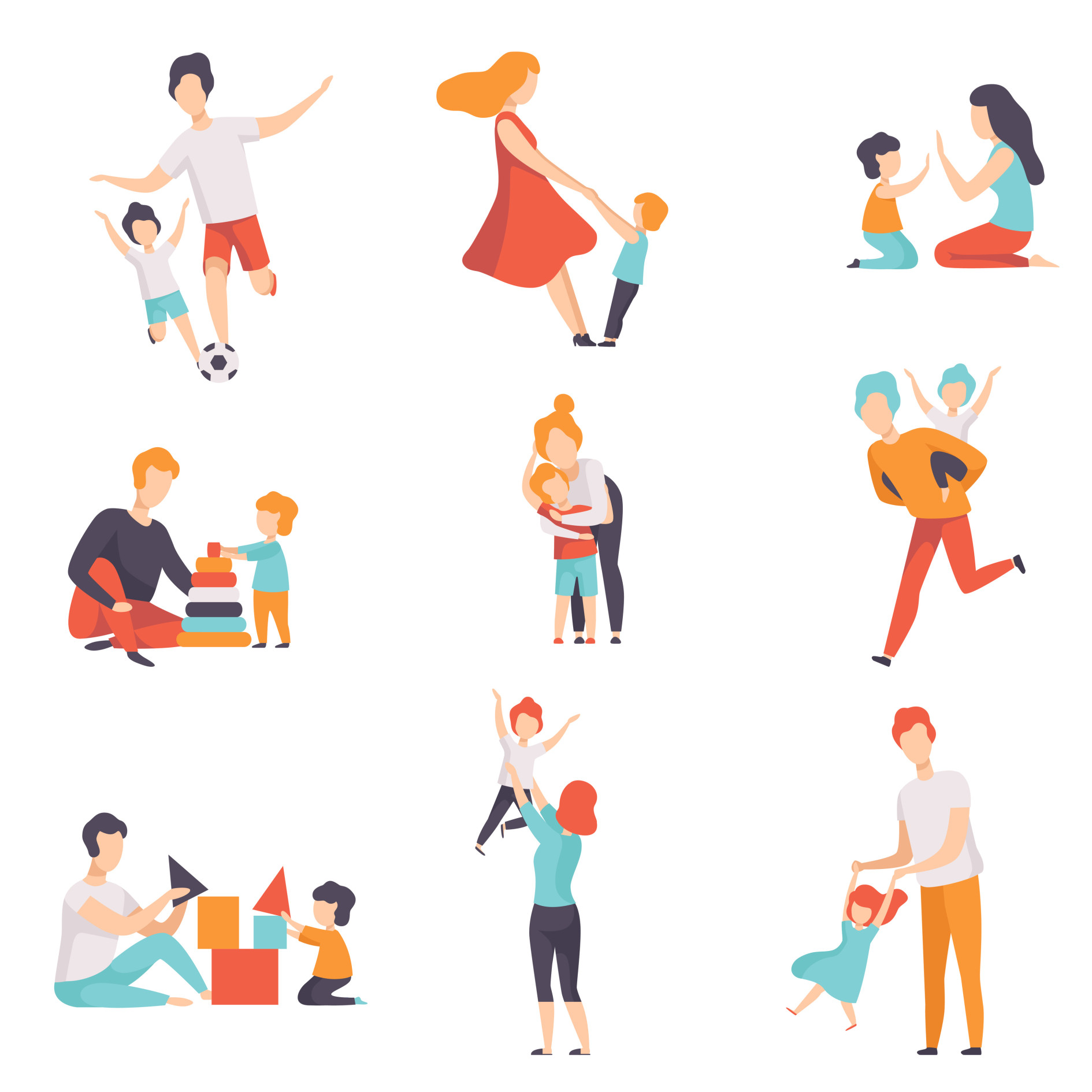For images
When using images to communicate a message, it is important to avoid perpetuating gender stereotypes that have long been presented in images. This is especially important when using images that have a strong gendered history, such as depicting doctors and nurses.
In any given visualisation of a key message, we recommend showing women and men in all their diversity engaging in a variety of different roles. This helps to reverse traditional gender norms and expectations.
Similarly, if it makes sense for your specific context and area, feature people who live with disabilities in roles other than being dependent or a patient.
Other factors to consider include colour schemes (avoiding gendered colours, namely pink for women and blue for men) and showing a range of ages, backgrounds, races and ethnicities to reflect the fullness of society.
How can I choose more gender-inclusive visuals? When considering any media, consider representation. This means depicting women and men of diverse racial and ethnic backgrounds, ages, body shapes and other potential facets of their identities.
Going deeper into representation, consider the nuances and the finer details.
- What is their body position?
- What activity are they engaging in and how does it fit into broader inequalities, such as gender bias and gender stereotypes?
- Are men in ‘dominating’ roles, such as leading a meeting?
- Are women in ‘supporting’ roles, such as passive participants in a meeting?
- Are the roles depicted equally attributable to women and men?
Activities represented in visuals can carry gender biases. Women are more likely to be seen doing housework, cooking and in care or supporting roles. Men are more often seen in business or leadership scenarios.
There are opportunities to better represent everyone in our choice of visuals, for example showing more men as great parents and more women as leaders. The use of lesbian, gay, bisexual, transgender and queer (or questioning) (LGBTQ+)-inclusive images, such as images of same-sex couples and families, and gender diversity can help challenge biases, assumptions and gender stereotypes.
Consider your palette, style and creative direction. This can help reduce gender stereotyping. We often associate pink colour schemes with childcare, women and heightened emotions – which are often and discriminatorily attached to women. Stereotypically, blue is often attributed to men. It is used for topics related to innovation, strength and science.
Some sectors or topics can be feminised or masculinised. For example, nature-related issues are seen as feminine. Politics and defence are often seen as masculine. Therefore, try to stop and think about your choices and ask yourself ‘Am I perpetuating gender stereotypes?’ or ‘Am I supporting gender equality by communicating more inclusive ideas about women and men in all their diversity?’
Next, we share some examples of visuals and assess whether they support gender equality or perpetuate gender stereotypes and gender biases.
In the following examples of visuals of scientists and doctors, the photographs/illustrations put women and men in equal positions of engagement. Additionally, they use a neutral colour scheme, they present age diversity, and the body language of the characters depict both women and men as leaders in their field. These visuals could be improved by a wider diversity of ethnic backgrounds, body shapes and abilities.



The following examples of photographs/illustrations showcase caregivers beyond the traditional gender norm and expectation. Once again, these examples use a neutral colour scheme and present the message that all parents can take on childcare responsibilities. Depending on the context, we would encourage wider diversity in age representation, body shapes and abilities.


The following examples of photographs/illustrations depict women and men in equal degrees of professional status. One aspect of the colour scheme is gendered, however: the use of the pink stethoscope. Depending on the context, we would encourage wider diversity in age representation, body shapes and abilities.

